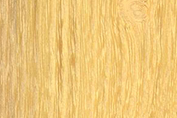2024 Copyright – KOCH GmbH | Graphics & conception with ❤ from the Lower Rhine – EHRENPLATZ
Introduction to the world of sawn timber
Lumber - versatility and quality for your project.
Lumber, sawn in various sizes and shapes from tree trunks, is a cornerstone of wood processing. It serves as a base material for a variety of applications, from construction projects to fine furniture.
We specialize in high-quality sawn timber in around 100 wood species. We offer the timbers in the thicknesses (20 mm), 27 mm, 35 mm, (46 mm), 52 mm, 65 mm and 80 mm, air-dried or kiln-dried.
Other sawn timber thicknesses are available on request. Simply get in touch with us.
Our stock program (excerpt)
Our lumber

Acacia
Formats and available thicknesses:
On request!
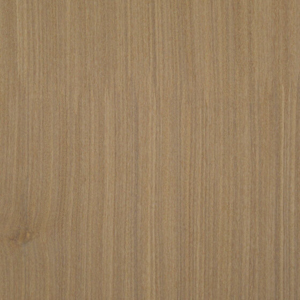
Afromosia
Formats and available thicknesses:
On request!
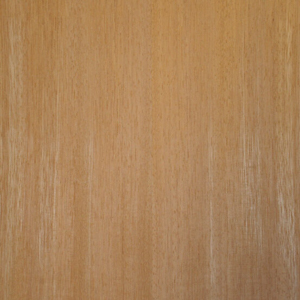
Afzelia / Doussie
Formats and available thicknesses:
On request!
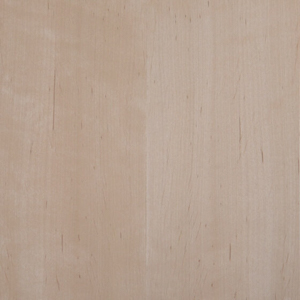
Alder
Formats and available thicknesses:
On request!

Alder red
Formats and available thicknesses:
On request!
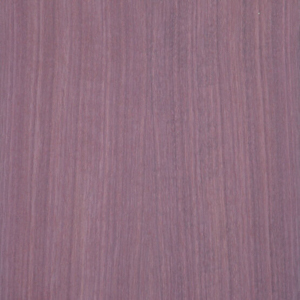
Amaranth
Formats and available thicknesses:
On request!

Amber
Formats and available thicknesses:
On request!
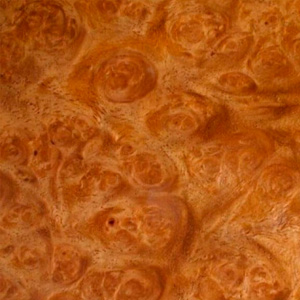
Amboina
Formats and available thicknesses:
On request!

American oak
Formats and available thicknesses:
On request!

Anegre
Formats and available thicknesses:
On request!
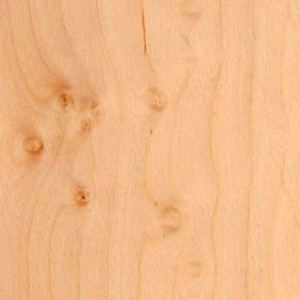
Apple birch
Formats and available thicknesses:
On request!
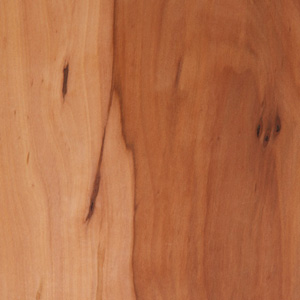
Apple tree
Formats and available thicknesses:
On request!

Apple tree ind.
Formats and available thicknesses:
On request!

Ash
Formats and available thicknesses:
On request!

Avorio
Formats and available thicknesses:
On request!
Introduction to the world of lumber
Origin, production process and types of sawn timber
Sustainable forestry
Sustainable forestry is a practice that aims to manage and maintain forests in such a way that they can fulfill their many functions today and in the future. This includes protecting biodiversity, preserving ecosystem services and ensuring that timber extraction does not exceed the forest's ability to regenerate naturally.
Principles of sustainable forestry
Ecological sustainability
Ecological sustainability is a priority and includes the protection of natural habitats, the conservation of water resources and the prevention of soil erosion. Management is carried out in a way that supports natural cycles and biodiversity.
Social responsibility
Social responsibility means respecting the rights and well-being of the communities living in and around the forests. This includes fair working conditions for forestry workers and respect for the land rights of indigenous peoples.
Economic viability
Economic viability ensures that forestry is economically viable in the long term by generating sustainable yields without depleting the resource base.
Certification systems
Certification systems such as FSC and PEFC play an important role in sustainable forestry by setting standards and monitoring compliance with them. They offer consumers the assurance that the wood products they buy come from responsibly managed forests.
The sawmill process
The sawmill process is a complex procedure that involves the transformation of raw tree trunks into processed wood, such as sawn timber, veneer and solid wood panels. This process is crucial for the quality and variety of wood products on the market.
Steps of the sawmill process
Incoming inspection and storage
On arrival at the sawmill, the logs are first inspected and sorted. The wood is stored in such a way that its quality is maintained until it is processed.
Debarking and cutting
The bark is removed from the trunks, which is necessary for further processing. They are then cut into boards, beams or special formats depending on the product requirements.
Drying
The cut wood is dried to reduce the moisture content. This can be done naturally or in special drying chambers and is crucial for preventing deformation.
Further processing
After drying, the wood is planed, sanded and, depending on its destination, further processed or finished.
Sorting according to wood species and qualities
Sorting by wood species and quality is a critical step in wood processing that has a significant influence on the properties and quality of the end product. Different types of wood have different physical and aesthetic properties that make them more suitable for certain applications.
Criteria for sorting
Hardness and density
The hardness and density of the wood determine its suitability for certain applications, such as flooring or furniture construction.
Color and grain
Aesthetic properties such as color and grain are decisive for the selection of wood for decorative purposes. Sorting enables a consistent look in the end application.
Quality and errors
Wood is also sorted according to quality and the presence of defects such as cracks, knotholes and discoloration in order to meet the requirements of the respective end product.
Standard and special sizes
In the wood industry, both standard sizes and special sizes are offered to meet the needs of different projects and applications. Standard dimensions make it easier to plan and compare products, while special dimensions enable customized solutions.
Standard dimensions
Standard dimensions provide uniformity that simplifies the purchasing, storage and processing of wood products. They are particularly advantageous in the construction industry and for mass production.
Special dimensions
Special sizes are manufactured according to specific customer requirements and are essential for individual projects or special design requirements. They allow for greater flexibility and creativity in design.










